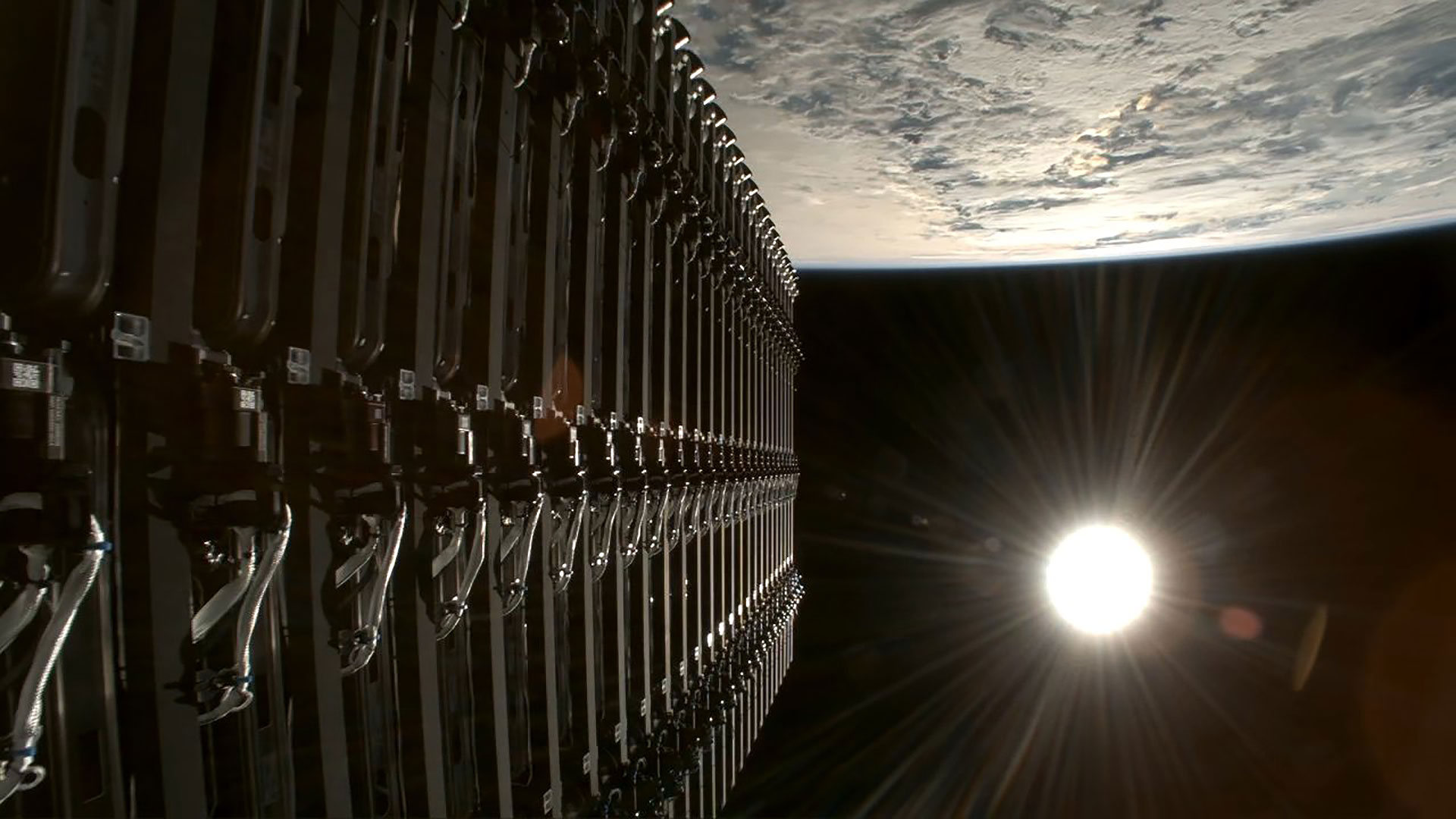The Asteroid Belt Explained: Space Rocks by the Millions (Infographic)

Asteroids are small, metallic or rocky in composition, and have no atmosphere. Most asteroids orbit the sun within a broad belt located between the orbits of Mars and Jupiter: the asteroid belt. Millions of asteroids are under 0.6 mile (1 kilometer) in diameter, but there are many that are larger. The biggest, Ceres, is 590 miles (950 kilometers) in diameter.
The first asteroid was discovered in 1801. There are three main classifications. The very dark C-type (carbonaceous) asteroids account for 75 percent of those catalogued. The next largest group is the S-type (silicaceous, or stony) asteroids, making up 17 percent of the total. M-type (metallic) are bright and composed mostly of iron.
While most asteroids are located in the main belt, asteroids can be located throughout the solar system. Those with orbits that carry them close by Earth are known as Near-Earth Asteroids (NEAs). They can have the potential to someday strike our planet.
The asteroids are believed to be mostly material left over from the formation of the solar system. Jupiter’s gravitational influence prevented the material from forming a planet. If all the known asteroid material were gathered into one mass, it would form a dwarf planet about 930 miles (1,500 kilometers) in diameter, or less than half the diameter of our moon.
Breaking space news, the latest updates on rocket launches, skywatching events and more!

Karl's association with Space.com goes back to 2000, when he was hired to produce interactive Flash graphics. From 2010 to 2016, Karl worked as an infographics specialist across all editorial properties of Purch (formerly known as TechMediaNetwork). Before joining Space.com, Karl spent 11 years at the New York headquarters of The Associated Press, creating news graphics for use around the world in newspapers and on the web. He has a degree in graphic design from Louisiana State University and now works as a freelance graphic designer in New York City.
